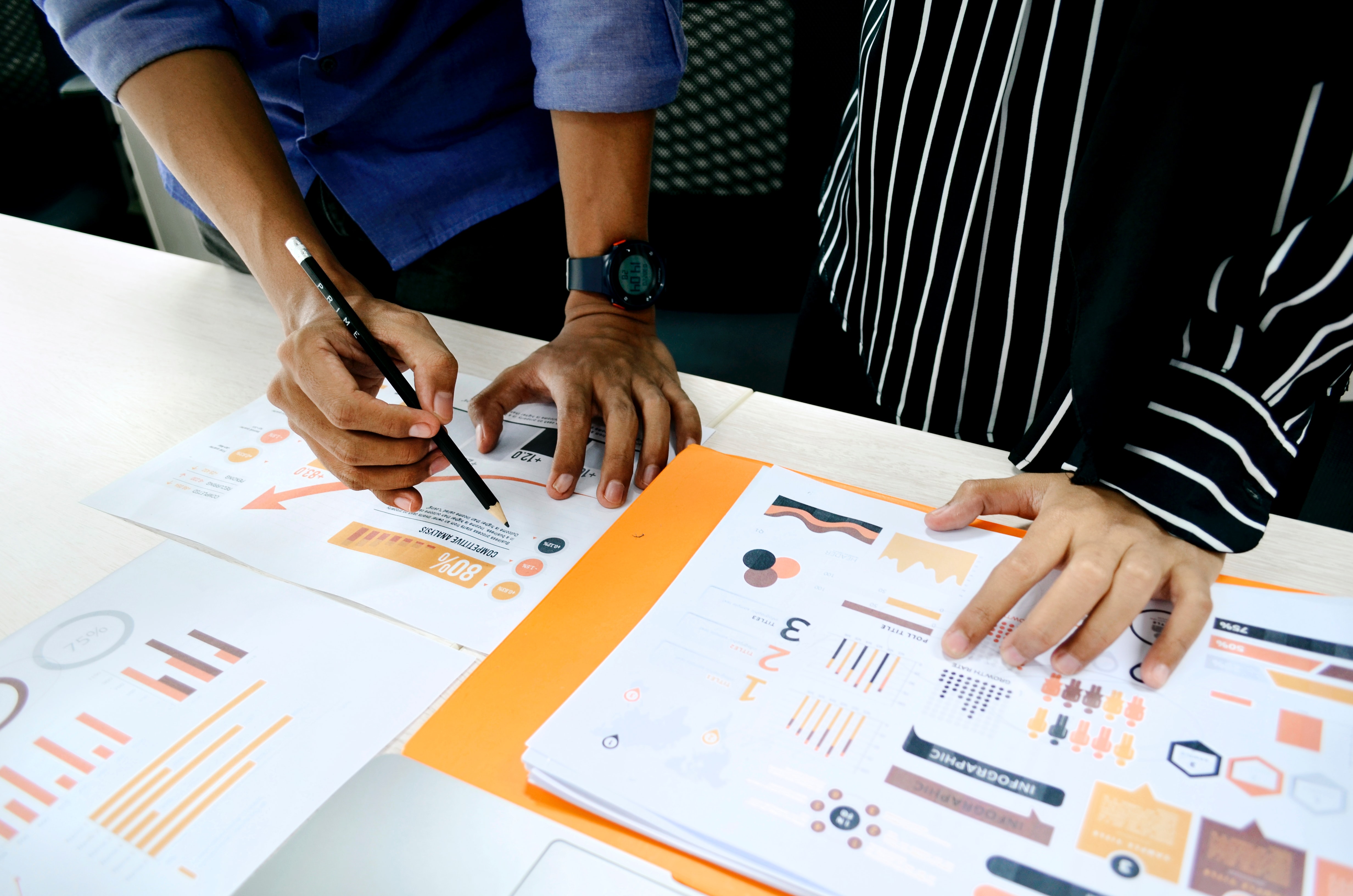
We do this by actively promoting and conducting scientific studies that analyze and monitor public perception and awareness of Responsible Gaming topics. The results of these studies form the fundamental foundation for developing targeted and effective solutions to address problematic gambling. By closely and continuously observing player behavior, we aim to understand and anticipate how this phenomenon evolves.
Our work with Università Cattolica: Prevention, Clustering, and Continuous Monitoring
Since 2022, we have been implementing an integrated project for monitoring problematic gamblers, with the goal of continuously tracking both online and offline gambling behavior. This allows us to profile players based on their level of risk, attitudes, personal experiences with gambling, and any coexisting disorders. This profiling is carried out through a questionnaire distributed to our entire customer base, based on international guidelines from the Problem Gambling Severity Index (PGSI).
In collaboration with Università Cattolica of Milan, a new analytical model of the PGSI has been developed. This model introduces a more in-depth classification of problematic gamblers into three distinct clusters, based on their gambling behaviors and psychological motivations. It also identifies risk indicators for timely and personalized intervention.
Specific mitigation areas have been integrated into the model, aligned with the characteristics of our product portfolio and sales network. The findings have been scientifically validated through the publication of the paper "Drawing Problem Gamblers’ Profile in Italy: A Comprehensive Categorization from a Behavioral, Psychological, and Socio-demographic Perspective."
In 2024, around 30,000 of our customers participated in periodic surveys to build a rich and detailed information database. This database has enhanced our understanding of Sisal players’ profiles and allowed us to identify protection measures aligned with their risk levels.
This dataset also forms the foundation of the learning system behind the A.D.A. Artificial Intelligence algorithm, supporting its evolutionary development and the continuous improvement of its performance.
Communication with players is further supported by a feedback process that fosters trust. In fact, 83% of players who took part in the research chose to receive the results of the analyses conducted on gambling behavior and related risks, demonstrating a growing awareness of the risks associated with their own gaming habits.

